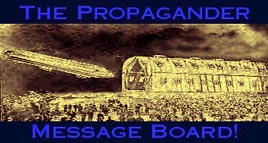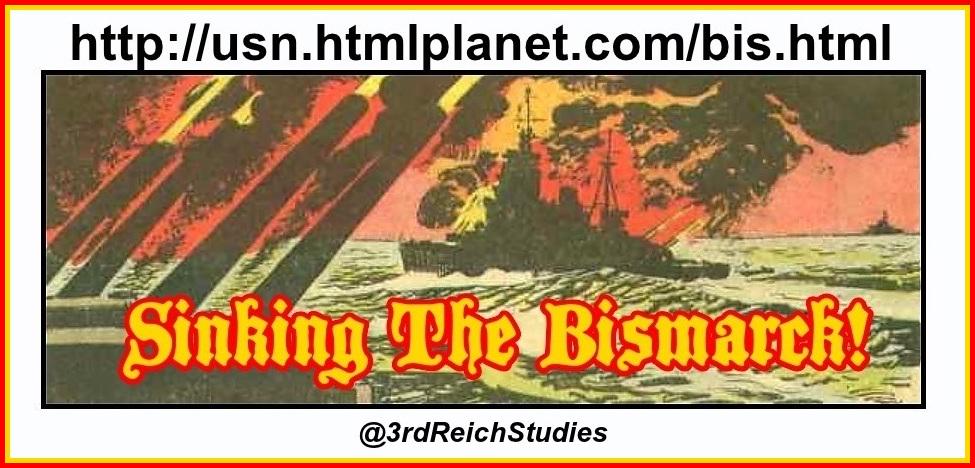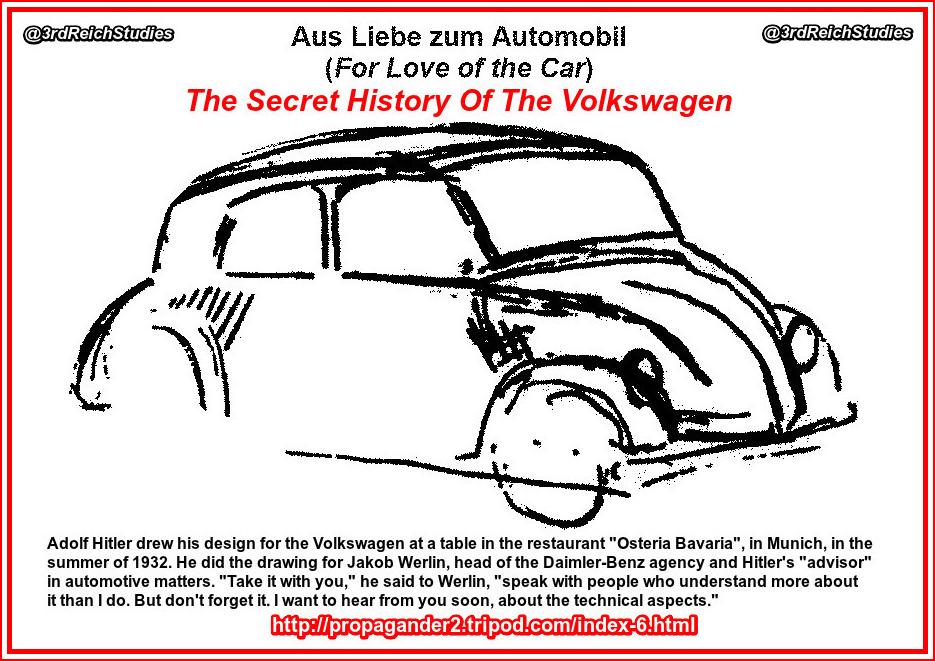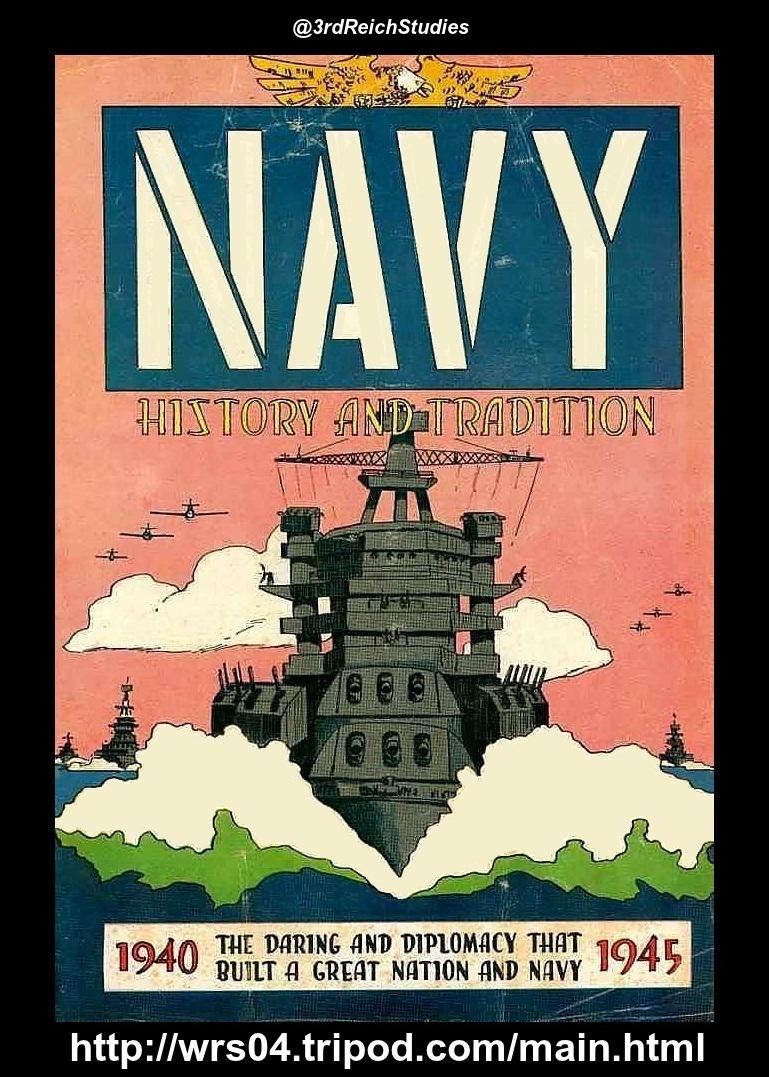

Note: The source for all items, unless otherwise noted, is the evidence presented to the International Military Tribunal (IMT) at the first Nuremberg Trial, between November 21, 1945 and October 1, 1946. As always, these excerpts from trial testimony should not necessarily be mistaken for fact. It should be kept in mind that they are the sometimes-desperate statements of hard-pressed defendants seeking to avoid culpability and shift responsibility from charges that, should they be found guilty, can possibly be punishable by death.
1918: The Speer family moves permanently into their summer home, Schloss-Wolfsbrunnenweg, in Heidelberg. (Speer)From Speer's IMT testimony: I was born on 19 March 1905. My grandfather and my father were successful architects. At first I wanted to study mathematics and physics; but then I took up architecture, more because of tradition than inclination. I attended the universities at Munich and Berlin; and in 1929 at the age of 24, I was the first assistant at the technical college in Berlin. At the age of 27, in 1932, I went into business for myself until 1942.
1924: Speer transfers to the Technical University of Munich. One of his new teachers is Heinrich Tessenow. Note: Tessenow is Jewish. Speer will later intervene with the Minister of Education on Tessenow's behalf. Tessenow will verify this on his deathbed in 1950.
From a letter by Speer, written in May 1953, to his daughter, Hilde, from Spandau: To start out with, when I first—I suppose one can say—encountered National Socialism about 1931, the party, probably in order not to discourage new applicants, was fairly reticent with regards to anti-Semitic propaganda, even though it certainly was part of their platform. In the economic climate of those years, communism--which has always benefited from bad times--had grown enormously and many people, including myself, came to wonder whether National Socialism, with its vitality and energy, wasn't the only valid alternative.
What was decisive for me was a speech Hitler made to students, and which my students finally persuaded me to attend. From what I had read in the opposition press, I expected to find a screaming, gesticulating fanatic in uniform, instead of which we were confronted with a quiet man in a dark suit who addressed us in the measured tones of an academic. I'm determined one day to look up newspaper of that time to see just what it was he said that so impressed me. But I don't think he attacked the Jews . . . .
[Hitler appeared]--greeted with incredible enthusiasm. Receptive as I am to atmosphere, already this had its effect on me: I felt goose-skin going down my spine. And then--I had only seen Pictures of him in uniform, his hair sort of wild, but here he was, in a good blue suit, looking civil and well-cared for . . . .
[What impressed most] was first his unexpected shyness and then the restraint he displayed, both in what he said and how he said it. Later I often noticed this tendency of shyness in Hitler when he found himself in the company of highly educated people who were superior to him in knowledge. In the second half of his speech, the shyness disappeared and he spoke with urgency and conviction ... of the need for young Germans to find pride . . . .
I can't remember Hitler berating the Jews in that speech to the students. After I became a member of the party, some very bright Jews I knew in Mannheim knew that I had joined and one day not long afterwards one of them said, to my astonishment, "If it weren't for their anti-Semitism, I'd be joining them myself." You see, it didn't look all that dangerous . . . . But anyway, as far as practicing anti-Semitism or even uttering anti-Semitic remarks, my conscience is entirely clear. I really had no aversion to them, or rather, no more than the slight discomfort all of us sometimes feel when in contact with them. (Sereny)
From Speer's Spandau Draft: Our flatboats were packed [we were preparing to leave for a boating vacation] and we were to take the train to East Prussia that same night, but when I went to take my leave from Nagel [Speer's assistant] he told me that Hanke--who by now [had] become organizational chief [under Goebbels as Gauleiter] of the Gau Berlin--wanted to see me. And when I hurried over there he immediately said, "I've been looking for you everywhere. Wouldn't you like to build our new district HQ"? "I said, "Yes, certainly, if you want to entrust it to me."
"I'll propose it to 'the Doctor' [Goebbels] today, Hanke said. A few hours more and I would have been out of reach in the isolation of the Prussian lakes. For years after that, I considered it the luckiest coincidence of my life. And now? Well, anyway, it shows us how dizzyingly one's whole life can be affected by a few hours more or less . . . .
I worked day and night, easy enough for a 27-year-old with good nerves. A valuable support for me then was a young secretary [Annemarie Kemp] of Goebbels', who took on working overtime to type my tenders at night . . . . I didn't see much of Goebbels. They were preparing for the November election and he only came around a few times, hoarse and worn out, and didn't pretend much interest when we showed him around. (Sereny)
Note: The Spandau Draft is a first draft of Speer's best-selling memoir, Inside the Third Reich. Written during his post-Nuremberg incarceration, it differs in some respects from the published version. These differences strike the reader as being a more honest account when compared to the more calculated prose of the published version.
From Speer's Spandau Draft: Again it was to be done in a great hurry, and again we worked day and night. Aside from designing some new furniture for the Minister's rooms--my first opportunity to apply what I had learned from Tessenow--I tried to respect Schinkel's interior designs. (Sereny)
March 13, 1933 Goebbels' Diary:
From Hitler: 1889-1936 Hubris by Ian Kershaw: Along the lines of the 'Day of Potsdam,' Goebbels prepared another huge spectacular for 1 May, when the National Socialists usurped the traditional celebration of the International and turned it into the 'Day of National Labor.' The ADGB [German Labor Front] took a full part in the rallies and parades. Over ten million people altogether turned out--though for many a factory work-force attendance was scarcely voluntary. Hitler spoke, as on so many occasions, to the half million assembled on the Tempelhof Field in Berlin, the wide expanse of open land adjacent to the aerodrome, of the need to leave the divisions of class struggle behind and come together in a united national community. Many who were far from sympathetic to National Socialism were moved by the occasion.
The following day, the razzmatazz over, SA and NSBO squads occupied the offices and bank branches of the Social Democratic trade union movement, confiscated its funds, and arrested its functionaries. Within an hour, the 'action' was finished. The largest democratic trade union movement in the world had been destroyed.
From Speer's Spandau Draft: When Goebbels told Hitler, he said it couldn't be done and Goebbels, no doubt to spur me on, told me of the Fuehrer's doubts . . . . This started a wild 24-hour-a-day construction program in three shifts, with me snatching an hour's sleep here and there. Hitler, with his passion for construction, came over every few evenings to observe our progress and apparently continued to express his doubts--never to me, because Goebbels kept me in the background. (Sereny)
June 27, 1933>: Adolf Hitler issues a decree establishing a Reichsautobahnen project to construct an entire network of highways. Fritz Todt as named General Inspector of German Roadways (Generalinspektor fer das deutsche Straenwesen). Note: The Organization Todt (OT) will eventually direct a huge range of engineering projects both in pre-World War II Germany, and in Germany itself and occupied territories from France to Russia during the war.From Speer's Spandau Draft: And there I stood, before Hitler, the Chancellor, who, it would seem, had just taken a pistol apart that was lying in pieces on the table in front of him. "Put your drawings down here," he said without looking up, pushing the pistol parts aside. He looked at the sketches with interest, but never looked at me. "Agreed," he said then and, ignoring my presence, turned back to cleaning his gun. I left. (Sereny)
August 30-September 3, 1933: The first Reichsparteitag (Reich national party convention) since Hitler gained power is held in Nuremberg. The 5th annual Party Congress, it is titled the "Rally of Victory" (Reichsparteitag des Sieges). The Leni Riefenstahl film Der Sieg des Glaubens (Victory of Faith) is made at this rally. (Shirer)From Speer's Spandau Draft: During and after this lunch was the first time that Hitler asked me some personal questions. Only then did he discover that it was I who had been the designer for the May 1 celebration. "Is that so?" he said. "And Nuremberg, was that also your design? There was an architect who came to see me with plans; but of course, that was you, wasn't it? Well, I would never have believed that you could have finished the Goebbels project by deadline."
He asked nothing about my affiliation or activities in the party. Later, when I had occasion to observe him with others from whom he commissioned works of art, I realized that with artists he simply didn't care [about their politics]. Aside from my career as an architect, what he did ask a lot about, as I remember, were the buildings designed by my father and grandfather.
It was quite obvious to me that this luncheon would be of decisive significance for my future. A few years later, Hitler came back to it: "I noticed you during my visits to the site," he said. "I was searching for a young architect to whom I would be able to entrust my building plans one day. He had to be young because, as you know, these plans extend far into the future. I needed someone who, with the authority I conferred upon him now, would be capable of carrying on after my death. And that man I found in you." (Sereny)
From Speer's IMT testimony: In 1934 Hitler noticed me for the first time. I became acquainted with him and from that period of time onward I exercised my architect's profession with joy and enthusiasm, for Hitler was quite fanatical on the subject of architecture; and I received many important construction contracts from him. Along with putting up a new Reich Chancellery in Berlin and various buildings on the Party Rally grounds here in Nuremberg, I was entrusted with the re-planning of the cities of Berlin and Nuremberg. I had sketched buildings which would have been among the largest in the world, and the carrying through of these plans would have cost no more than 2 months of Germany's war expenditure. Through this predilection which Hitler had for architecture I had a close personal contact with him. I belonged to a circle which consisted of other artists and his personal staff. If Hitler had had any friends at all, I certainly would have been one of his close friends. Despite the war, this peaceful construction work was carried on until December 1941, and only the winter catastrophe in Russia put an end to it. The German part of the manpower was furnished by me for the reconstruction of the destroyed railroad installations in Russia.
March 21, 1934: Hitler's chief architect, Paul Ludwig Troost, dies after a serious illness. (Shirer, Speer)From The Fuehrer's Buildings by Albert Speer: The Fuehrer's buildings use hand-hewn natural stone. Natural stone and Nordic bricks are our most durable building materials. Although they are more expensive in the short term, in the long term they are the most economical. Durability is always the most important principle. The buildings of our Fuehrer will speak of the greatness of our age to future millennia. As the eternal buildings of the movement rise in the various cities of Germany, they will be buildings of which people can be proud...
March 7, 1936: Hitler occupies the Rhineland. (Shirer)From the Spandau Draft: Hitler made no more fuss about that official appointment than he had about the commission [to rebuild Berlin] in the first place. Not uncharacteristic of him, one could almost have thought him shy when, at the end of lunch, he handed me the nomination document. "Make a good job of it," he said, and that was that. (Sereny)
From the Memoirs of Rudolf Wolters, a long-time friend, fellow architect, and subordinate of Speer: The task entrusted to him [Speer] exceeded anything one could imagine. Berlin was to be rebuilt and expanded to serve a potential estimated population of eight million people . . . . Central to the concept would be a cross of four main thoroughfares of unprecedented generosity [each of them wider and greener than Hitler's favorite avenue, the Champs Élysées in Paris] and, with money no object, an entirely new railway system . . . . My part of the project [aside from the railway network, Wolters' specialty]--the most important--was the North-South Axis, the great representational avenue for which I could freely commission our finest architects, painters and sculptors. (Sereny)
From Speer's IMT testimony: My closest contact with him [Hitler], in my capacity of architect, was probably during the period from 1937 to September 1939; after that, the relationship was no longer so close on account of the circumstances of the war. After I was appointed successor to Todt a closer but much more official working relationship was again established.
March 14, 1937 Goebbels' Diary:
From the Memoirs of Rudolf Wolters: The first time [I met Hitler] was at Speer's studio on the Obersalzberg. Three or four of us [architects from Speer's team] were there that night. Hitler came up to see us, joking because all of us, including Speer, were well over six feet tall. He shook hands with each of us and looked quietly in our eyes for rather longer than one usually does. He was smaller than I had imagined. His walk and his movements were slow and relaxed, his manner of speaking unstrained; rather unexpectedly, he spoke in a strong Austrian accent. Oddly, none of us felt the least shy.
The second time was when Speer took me to one of his lunches at the Reich Chancellory . . . . There were about twenty other guests, among them Goebbels and four other ministers. The conversation at table was mostly [about] how one could best deal with British radio propaganda. Here I noticed how Hitler's factual questions embarrassed [Wilhelm] Ohnesorge, the minister of communications, when Hitler showed himself to be better informed than he on broadcast capacity . . . .
The third and fourth meetings were in Speer's Modellhallen [model halls] at the GBI when Hitler came to view the Berlin plans . . . . He arrived through a back door which had been put in especially for his convenience, dressed in a gray suit. As is was forbidden to take notes in his presence, I always wrote detailed minutes immediately afterwards.
Of course from these few experiance I cannot judge Hitler's personality, but having shared with Speer his virtually daily contacts with him, and being familiar with Hitler's ideas, for example, on town planning, I think that commentators are making it easy on themselves now when, as they frequently do, they resort in their descriptions to simplistic epitaphs such as 'buck private,' 'wall painter,' 'petit-bourgeois philistine,' or 'history's greatest criminal.'
From one of Speer's post-war interviews with the SBS: The Todt Organization originated as a part of the General Inspector for the German Highway System and only got the name 'OT' on the West Wall job. With the march into France, it was brought by Dr. Todt into the form which it now has, that is, a half-military construction organization based on private economic principles. In general with us, in contrast to you--there is a difference--military rank has to be earned (sweated out). In the OT rank was bestowed on the basis of capability and professional accomplishment.
September 29, 1938 Jodl's Diary:From Speer's IMT testimony: I received the Golden Party Badge from Hitler in 1938. It was because I had completed the plans for a new building program in Berlin. Besides myself, five other artists received this Golden Party Badge at the same time.
From the Spandau Draft: [The Berlin Project] became my life and I realize that I cannot tear myself loose from it even now. If I look deep into myself for the reasons now for my rejection of Hitler, then I think that aside from the horror in him that now stands revealed, my personal disappointment plays a small part--my disappointment also that his political power game drove us into war and thereby destroyed what would have been my life. [Note: It is telling that Speer does not make this admission in Inside the Third Reich.] (Sereny)

From Speer's memoirs, Inside the Third Reich: From Wilhelmsplatz an arriving diplomat drove through great gates into a court of honor. By way of an outside staircase he first entered a medium-sized reception room from which double doors almost seventeen feet high opened into a large hall clad in mosaic. He then ascended several steps, passed through a round room with domed ceiling, and saw before him a gallery 480 feet long. Hitler was particularly impressed by my gallery because it was twice as long as the Hall of Mirrors at Versailles. Hitler was delighted: "On the long walk from the entrance to the reception hall they'll get a taste of the power and grandeur of the German Reich!" During the next several months he asked to see the plans again and again but interfered remarkably little in this building, even though it was designed for him personally. He let me work freely. (Speer)
March 15, 1939: German troops occupy the Sudetenland, Bohemia and Moravia; the Czech government disintegrates. (Shirer)


Twitter: @3rdReichStudies




>





















Disclaimer: The Propagander!™ includes diverse and controversial materials--such as excerpts from the writings of racists and anti-Semites--so that its readers can learn the nature and extent of hate and anti-Semitic discourse. It is our sincere belief that only the informed citizen can prevail over the ignorance of Racialist "thought." Far from approving these writings, The Propagander!™ condemns racism in all of its forms and manifestations.
Fair Use Notice: The Propagander!™may contain copyrighted material the use of which has not always been specifically authorized by the copyright owner. We are making such material available in our efforts to advance understanding of historical, political, human rights, economic, democracy, scientific, environmental, and social justice issues, etc. We believe this constitutes a "fair use" of any such copyrighted material as provided for in section 107 of the US Copyright Law. In accordance with Title 17 U.S.C. Section 107, the material on this site is distributed without profit to those who have expressed a prior interest in receiving the included information for research and educational purposes. If you wish to use copyrighted material from this site for purposes of your own that go beyond 'fair use', you must obtain permission from the copyright owner.